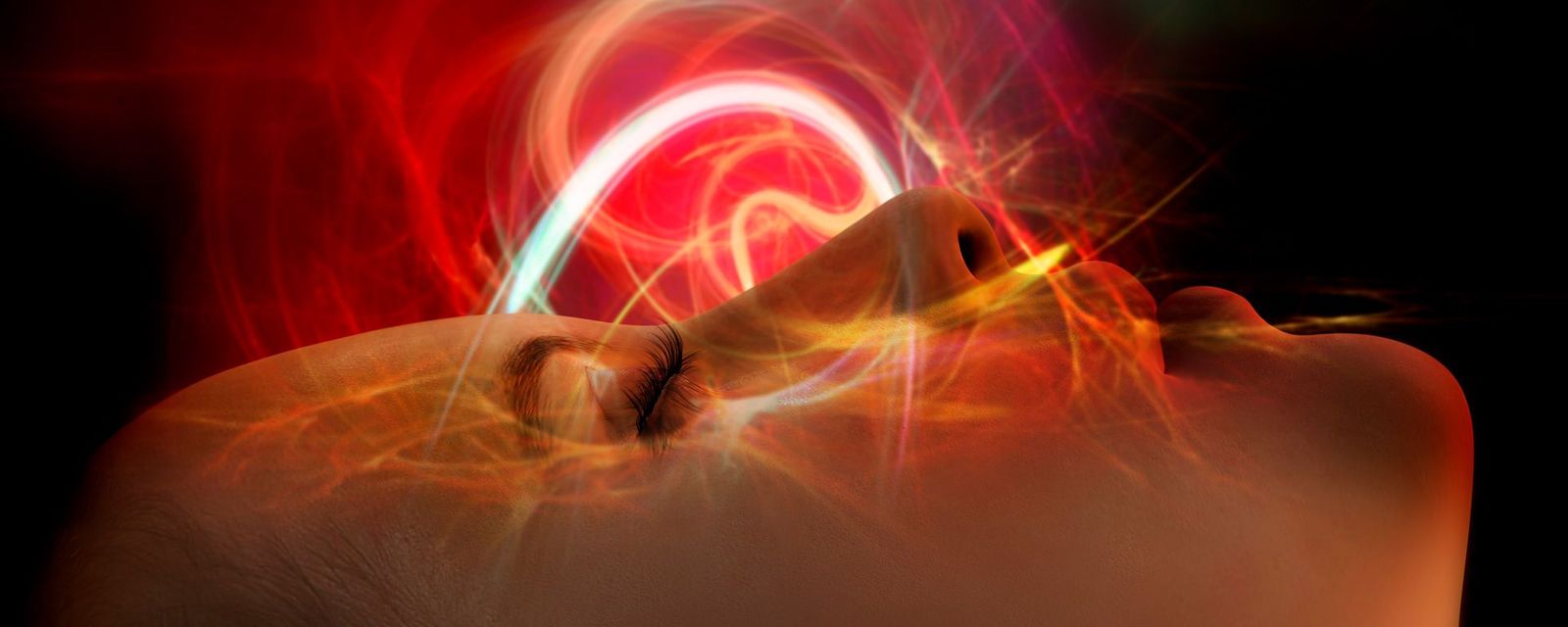Write4U
Valued Senior Member
All that I know is that microtubules are self assembling dynamical nano-scale bipolar coils which form the cellular cytoskeleton and are the heart of the neural network in all Eukaryotic organisms and process all sensory data even if the organism has no brain.
Look up bacterial cilia and flagella. The microtubule drives the fundamental propulsion ability of single celled eukaryotic organism Paramecium.

Note the tiny hairs (cilia) which are each driven by a microtubule motor (basal body)
Structure and Functions of
Cilia and Flagella
Overview

Depending on the type of cells, cilia and flagella have the following functions:
· Propelling cells - Using cilia or flagella, cells are able to move freely in their environment, especially in aquatic or moist environments.
· Sensory functions - Some cilia and flagella allow cells to sense changes in their surroundings which in turn allows the cells to respond appropriately.
· Transporting material - Some cells are able to not only trap, but also guide the transportation of given material. This may serve to engulf such material into the cell or prevent unwanted material/particles/microorganisms from invading the cell or tissue.
* The flagella of prokaryotes have a different structure compared to those of eukaryotic cells.
Cilia
* Prokaryotes (bacteria) do not have cilia.
 Eukaryotic Cilium Diagram by LadyofHats - Eigenes Werk, Gemeinfrei, https://commons.wikimedia.org/w/index.php?curid=3145956
Eukaryotic Cilium Diagram by LadyofHats - Eigenes Werk, Gemeinfrei, https://commons.wikimedia.org/w/index.php?curid=3145956
Learning
Obviously the Paramecium has no brain, yet it can learn at a rudimentary level. I submit that the learning ability lies in the microtubule network's ability to memorize, albeit kinetic memory. In view of all the functions microtubules perform in brained organisms, there is no more suitable candidate for association with consciousness.
Abstract
And evolution did the rest.
Look up bacterial cilia and flagella. The microtubule drives the fundamental propulsion ability of single celled eukaryotic organism Paramecium.

Note the tiny hairs (cilia) which are each driven by a microtubule motor (basal body)
Structure and Functions of
Cilia and Flagella
Overview
Cilia and flagella are fine, whiplike/hairlike structures that extend from the body of a variety of cells. While they vary in terms of length and numbers in different types of cells (as well as patterns of movement), cilia and flagella are generally identical in structure and composition.

Depending on the type of cells, cilia and flagella have the following functions:
· Propelling cells - Using cilia or flagella, cells are able to move freely in their environment, especially in aquatic or moist environments.
· Sensory functions - Some cilia and flagella allow cells to sense changes in their surroundings which in turn allows the cells to respond appropriately.
· Transporting material - Some cells are able to not only trap, but also guide the transportation of given material. This may serve to engulf such material into the cell or prevent unwanted material/particles/microorganisms from invading the cell or tissue.
* The flagella of prokaryotes have a different structure compared to those of eukaryotic cells.
Cilia
With the exception of a majority of higher plants and fungi, cilia can be found on the surface of many eukaryotic cells. On these cells, cilia extend from the basal body.
Depending on the type of cells, cilia have several functions and are therefore divided into two main categories.
* Prokaryotes (bacteria) do not have cilia.
 Eukaryotic Cilium Diagram by LadyofHats - Eigenes Werk, Gemeinfrei, https://commons.wikimedia.org/w/index.php?curid=3145956
Eukaryotic Cilium Diagram by LadyofHats - Eigenes Werk, Gemeinfrei, https://commons.wikimedia.org/w/index.php?curid=3145956Learning
https://en.wikipedia.org/wiki/Paramecium#The question of whether Paramecia exhibit learning has been the object of a great deal of experimentation, yielding equivocal results. However, a study published in 2006 seems to show that Paramecium caudatum may be trained, through the application of a 6.5 volt electric current, to discriminate between brightness levels.[26] This experiment has been cited as a possible instance of cell memory, or epigenetic learning in organisms with no nervous system.[27] However, another study in 2017 suggested that the Paramecia can only learn to associate the bright side of its swimming medium to electric current and not the dark side.[28] The same study suggested a molecular mechanism for learning in the Paramecia.
Obviously the Paramecium has no brain, yet it can learn at a rudimentary level. I submit that the learning ability lies in the microtubule network's ability to memorize, albeit kinetic memory. In view of all the functions microtubules perform in brained organisms, there is no more suitable candidate for association with consciousness.
Abstract
Cellular memory, which allows cells to retain information from their environment, is important for a variety of cellular functions, such as adaptation to external stimuli, cell differentiation, and synaptic plasticity. Although posttranslational modifications have received much attention as a source of cellular memory, the mechanisms directing such alterations have not been fully uncovered. It may be possible to embed memory in multiple stable states in dynamical systems governing modifications.
https://pubmed.ncbi.nlm.nih.gov/25121967/#However, several experiments on modifications of proteins suggest long-term relaxation depending on experienced external conditions, without explicit switches over multi-stable states. As an alternative to a multistability memory scheme, we propose "kinetic memory" for epigenetic cellular memory, in which memory is stored as a slow-relaxation process far from a stable fixed state.
And evolution did the rest.
Last edited:





